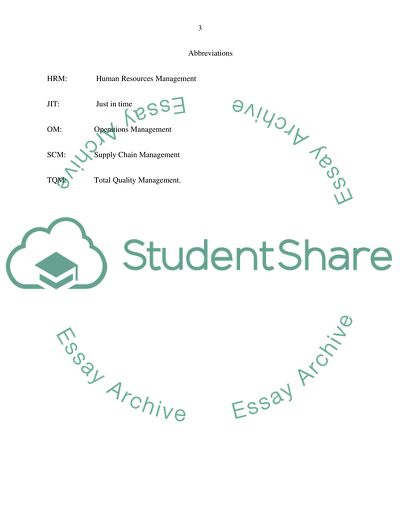Cite this document
(Green Life Incs Preparation for Business during Christmas Dissertation - 11, n.d.)
Green Life Incs Preparation for Business during Christmas Dissertation - 11. Retrieved from https://studentshare.org/environmental-studies/1752757-operations-management
Green Life Incs Preparation for Business during Christmas Dissertation - 11. Retrieved from https://studentshare.org/environmental-studies/1752757-operations-management
(Green Life Incs Preparation for Business During Christmas Dissertation - 11)
Green Life Incs Preparation for Business During Christmas Dissertation - 11. https://studentshare.org/environmental-studies/1752757-operations-management.
Green Life Incs Preparation for Business During Christmas Dissertation - 11. https://studentshare.org/environmental-studies/1752757-operations-management.
“Green Life Incs Preparation for Business During Christmas Dissertation - 11”, n.d. https://studentshare.org/environmental-studies/1752757-operations-management.


